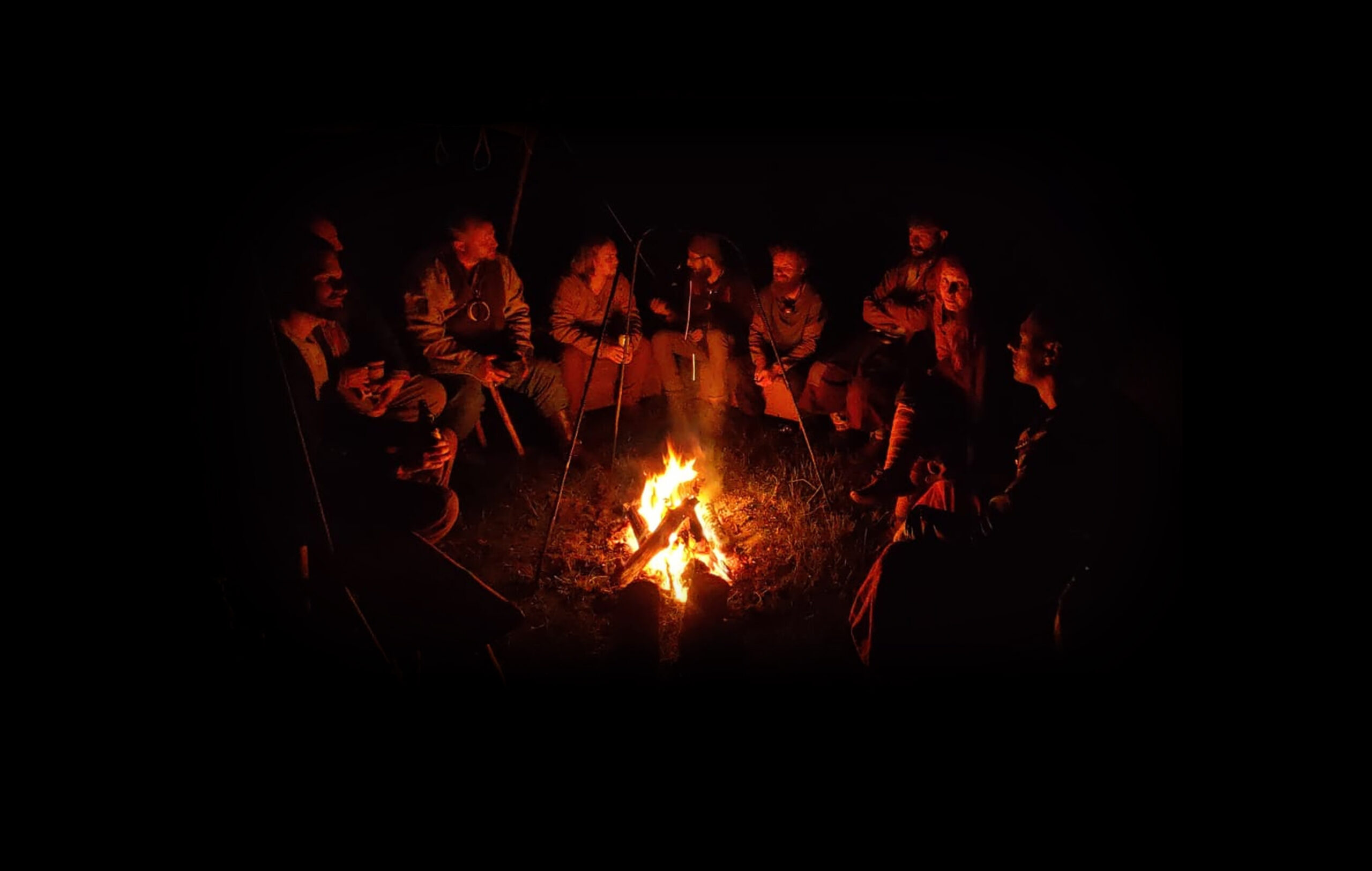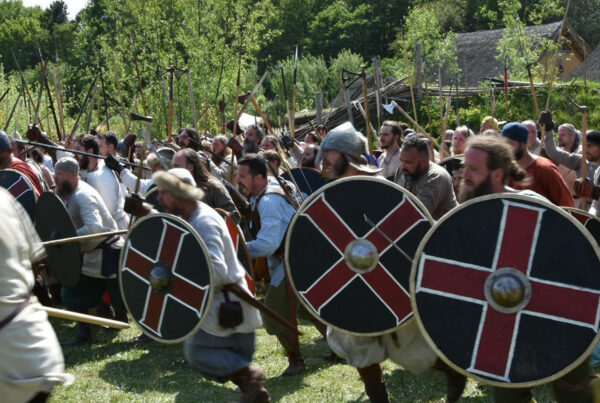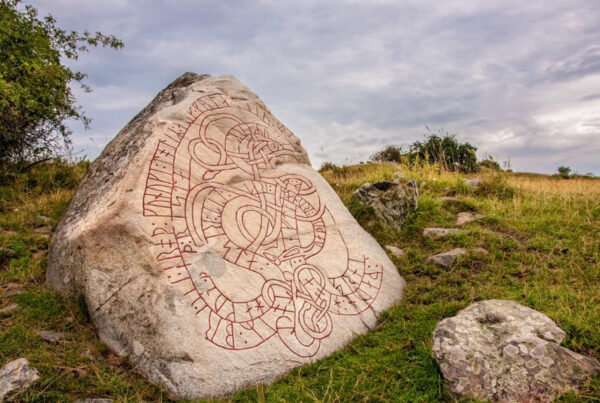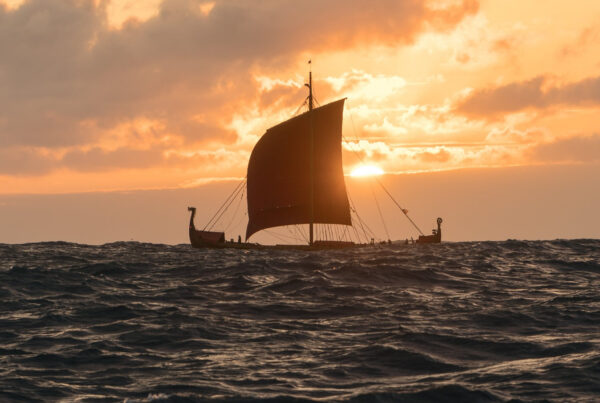Forse ci hai incontrati in una delle nostre molteplici attività dal vivo o sei capitato/a sul nostro sito a seguito di una ricerca, sicuramente avrai già moltissime domande, ma lasciati per un attimo guidare nella scoperta dei concetti alla base di quello che facciamo. Punti fermi che ci uniscono ogni giorno nella ricerca dell’eccellenza e che ci distinguono da molte altre realtà attorno a noi.
Rievocare… questo è il termine all’apparenza oscuro che se non spiegato può essere frainteso oltre che abusato da chi si approccia alla Storia solo per attività e manifestazioni dal carattere palesemente superficiale. La vera Storia non si trova mai a suo agio nelle serie TV o nei fumetti… così come la rievocazione non è materia per feste di paese, sagre o live cosplay.
Ora ti spiegheremo perché.
La rievocazione storica è un’attività che consiste nello studiare, replicare e interpretare periodi storici, concentrandosi su dettagli come abiti, armi, mestieri, battaglie e vita quotidiana. È un’esperienza vivace e coinvolgente, che mira a educare attraverso il contatto diretto con la Storia, piuttosto che essere una semplice rappresentazione scenica.
Ma in cosa consiste principalmente? Eccone alcuni punti chiave:
- Studio e Ricerca:
I rievocatori si dedicano allo studio approfondito di un determinato periodo storico, analizzando fonti primarie e secondarie per comprendere l’aspetto materiale, le pratiche sociali e le abitudini della vita quotidiana. - Replicazione:
L’obiettivo è replicare con precisione gli elementi materiali del periodo, come abiti, armi, utensili, cibo e strumenti di lavoro. - Interpretazione:
I rievocatori si immedesimano in personaggi storici, interpretando ruoli, comportamenti e interazioni sociali. - Non è un gioco in costume:
La rievocazione storica va oltre la semplice imitazione, essendo un’esperienza immersiva che mira a far vivere la storia in prima persona. - Educazione:
L’obiettivo è quello di trasmettere la storia in modo coinvolgente, suscitando emozioni e attraverso esse accompagnare il pubblico in un periodo storico ormai lontano.
In sintesi, la rievocazione storica è un’attività educativa e culturale che si basa sulla ricerca, la replica e l’interpretazione per far vivere la storia in modo diretto.
Esempi di rievocazione:
- Rievocazioni di battaglie storiche, con l’utilizzo di armi e armature che sono riproduzioni storiche.
- Rievocazioni di mestieri antichi, come la tessitura, l’artigianato o la cucina, che vengono praticati con tecniche tradizionali.
- Rievocazioni di vita quotidiana, con la creazione di ambienti e situazioni che riproducono la vita di un determinato periodo.
Il rievocatore dovrebbe quindi concorrere a comporre un quadro in movimento, un’immagine viva del passato; egli non solo col suo operare invoglierà lo spettatore, tornato a casa, a leggere un libro, ma in una qualche misura è un libro egli stesso, e in quanto tale deve avere un contenuto il quanto più possibile corretto (etica del rievocatore).
“Dare un’interpretazione storica sbagliata, un’immagine distorta, per incompetenza o per scarsa informazione, peggio ancora volutamente, produce infatti un danno culturale, una falsa informazione e può costituire un vero pericolo sociale o politico in casi estremi.”
Marco Valenti, Università di Siena
Esiste quindi una notevole differenza tra “Rievocare” e “Rievocare bene” e sta tutta nella cura che ciascun gruppo pone nella precisione della ricostruzione.
Il principale problema della rievocazione del periodo vichingo in Italia è appunto rappresentato dall’assenza di standard di qualità e più in generale di una discussione autoriflessiva degli attori non accademici che si dedicano a queste attività, cosa che porta ad eventi dove tuttora vediamo figuranti con pelli sulle spalle, volti pitturati, tavoli moderni coperti da tovaglie, scarpe moderne indossate sotto a kit storici, pasta e salame serviti come cibo storico… e le immancabili bottiglie di birra sui tavoli. Questo tipo di esperienze riproposte ogni anno da molti gruppi che tutt’ora sopravvivono nella maggior parte degli eventi sul suolo italiano ci dimostrano che la maggior parte di coloro che si professano rievocatori non ha mai accettato il fatto che la comunicazione del passato costituisca una seria responsabilità, con il reale pericolo di fare danni e trasmettere una Storia totalmente mai esistita o non plausibile in relazione alla conoscenza disponibile.
Concentriamoci su due presupposti fondamentali. Primo: non è possibile essere sicuri al 100% di aver ricreato alla perfezione qualcosa. Secondo: esistono speculazioni più fondate di altre.
Il primo presupposto può sembrare facilmente confutabile, basta usare gli stessi materiali, le stesse proporzioni, gli stessi procedimenti et voilà, si crea una copia perfetta di qualcosa esistito mille anni prima. È vero, tecnicamente abbiamo tutti i mezzi per replicare gli oggetti esattamente come erano, quello che non possiamo replicare alla perfezione sono le implicazioni sociali di possedere e usare quegli oggetti e, a volte, pure replicare gli oggetti sembra più arte che scienza.
Gli storici e gli archeologi sono sempre alla ricerca di nuovi indizi su cosa volesse dire a livello sociale possedere una spada, una collana di perle, un acciarino e come questi oggetti influenzassero la vita di tutti i giorni. Alcune di queste informazioni sono semplicemente andate perdute e non verranno mai recuperate. Basta questo per darsi alla libera interpretazione delle fonti e riempire quei vuoti di informazioni in maniera fantasiosa? No.
Il secondo presupposto vuol dire proprio questo, non tutti i modi che noi rievocatori usiamo per riempire quei vuoti hanno la stessa probabilità di rappresentare il vero. Usare un elmo da Rohirrim per rappresentare un vichingo non è tanto errato quanto usare una copia economica di un elmo di Gjermundbu rispetto a una riproduzione di alta qualità. Nel primo caso basta un’occhiata per distinguerli e pure una persona senza esperienza potrebbe ricordarsi del film, nel secondo caso il confine è più sottile e accorgersi delle differenze richiede un occhio più esperto. Il punto è che pure la copia più fedele dell’elmo di Gjermundbu è un’ipotesi, ma è un’ipotesi con un maggior grado di probabilità di essere vera.
Come facciamo a sapere che è più probabile che sia corretta la copia di alta qualità rispetto all’elmo Rohirrim? Dobbiamo fidarci di chi ha dedicato il suo tempo a studiare anche tutti gli altri elmi dell’epoca, le rappresentazioni artistiche e le tracce nella letteratura, ovvero archeologi, storici, oplologi e altri studiosi con una buona reputazione.
Spesso tra i rievocatori ve ne sono molti, e non è raro che un archeologo con la passione per un dato periodo storico provi a riportare al presente quello che sta studiando, a volte pure con l’aiuto di rievocatori particolarmente attenti e dediti alla correttezza storica.
Quindi dobbiamo essere storici o archeologi per rendere credibili le nostre speculazioni? No. Possiamo ricombinare, variare, creare da zero mimetizzandoci perfettamente tra le riproduzioni più famose e i ritrovamenti, ma prima dobbiamo imparare a conoscerli e distinguerli.
Esistono siti per documentarsi e libri utili a creare un’impalcatura sulla quale fare le nostre speculazioni, e pure al netto di un budget ristretto è possibile creare un kit rispettabile. Nel farlo è importante mantenere il contatto con chi è più esperto di noi nel settore.
Và sottolineata quindi la necessità di restituire in narrazione un reale valore per il pubblico. Un buon rievocatore quindi è un buon narratore che bilancia un’attenta e scrupolosa ricerca e una buona propensione per l’educazione del pubblico, riproducendo fatti plausibili e adatti a narrare la storia con la S maiuscola e non un performer che riporta un ritratto del tutto soggettivo (e spesso infantile) spesso ad uso e abuso di manifestazioni di serie B. Il rievocatore serio è più uno studioso appassionato quindi che una scimmia da circo. Il suo credo è uno solo: la rappresentazione deve essere in sintonia con cosa si è ricercato e studiato, le fonti devono essere sempre chiare e individuabili, non altro.
Dal 2021 abbiamo concretizzato questa propensione alla serietà accogliendo l’invito nato a livello europeo da alcuni gruppi di rievocazione di elite di creare un network di realtà di eccellenza unite dall’uso del cosidetto REENACTOR’S PASSPORT, un documento di certificazione di oltre 300 pagine che presenta una puntigliosa reference su tutte le parti dei nostri kit oltre ad offrire un linguaggio comune di serietà per interfacciarci con le altre realtà con cui collaboriamo (sia gruppi che istituzioni, che musei).
Perchè siamo così critici verso la scena vichinga in Italia? Perchè il nostro dovere come divulgatori non è quello di essere neutrali, è quello di essere oggettivi, le due cose non coincidono e non possono coincidere, anche a rischio di risultare antipatici alla vasta schiera di rievocatori pressapochisti che ci circondano.
Se ti è piaciuto ciò che ti abbiamo appena raccontato e il nostro approccio alla Storia puoi contattarci con un messaggio e magari diventare un giorno uno di noi.
Perhaps you encountered us during one of our many live activities or found our website through a search. Surely, you have many questions. But for now, allow yourself to be guided in discovering the core concepts behind what we do. These fundamental principles unite us every day in our pursuit of excellence and set us apart from many other groups around us.
To Reenact… This is a word that may sound obscure at first, and without proper explanation, it can easily be misunderstood—or misused—by those who approach History merely as a pretext for superficial events and activities.
True History is never quite at home in TV series or comic books… just as historical reenactment has little to do with village fairs, food festivals, or live cosplay gatherings.
Now we’ll explain why.
Historical reenactment is an activity that involves studying, replicating, and interpreting historical periods, with a focus on details such as clothing, weapons, crafts, battles, and daily life. It is a vivid and immersive experience aimed at educating through direct contact with History, rather than being merely a theatrical performance.
But what does it mainly involve? Here are some key aspects:
- Study and Research:
Reenactors dedicate themselves to in-depth study of a specific historical period, analyzing primary and secondary sources to understand material culture, social practices, and everyday life habits. - Replication:
The goal is to accurately recreate the material elements of the period, such as clothing, weapons, tools, food, and work instruments. - Interpretation:
Reenactors embody historical characters, portraying roles, behaviors, and social interactions true to the time. - It’s not just dressing up:
Historical reenactment goes far beyond simple costume play; it is an immersive experience aimed at bringing history to life firsthand. - Education:
The purpose is to convey history in an engaging way, evoking emotions and using them to guide the audience through a long-past historical era
In summary, historical reenactment is an educational and cultural activity based on research, replication, and interpretation, aimed at bringing history to life in a direct and engaging way.
Examples of reenactment include:
-
Reenactments of historical battles, using weapons and armor that are historically accurate reproductions.
-
Reenactments of ancient crafts, such as weaving, craftsmanship, or cooking, performed using traditional techniques.
-
Reenactments of daily life, with the recreation of settings and situations that reflect everyday life in a specific historical period.
The reenactor should therefore contribute to creating a moving picture, a living image of the past. Through their actions, they not only inspire the viewer to go home and open a book, but in a sense, they become a book themselves—one that must be as accurate and truthful as possible (the ethics of the reenactor).
“Presenting a historically incorrect interpretation, a distorted image—whether due to incompetence, lack of information, or worse, intentionally—produces cultural damage, misinformation, and in extreme cases, can pose real social or political risks.”
Marco Valenti, University of Siena
There is, therefore, a significant difference between simply “reenacting” and “reenacting well”—and it lies entirely in the care each group devotes to the accuracy of the reconstruction.
The main issue with Viking-era reenactment in Italy lies precisely in the absence of quality standards and, more broadly, in the lack of self-reflective discourse among non-academic participants engaged in these activities.
This leads to events where we still see reenactors with furs draped over their shoulders, painted faces, modern tables covered with cloths, contemporary shoes worn beneath historical kits, pasta and salami served as “historical food”… and, of course, the inevitable beer bottles on the tables.
These kinds of reenactment experiences—repeated year after year by many groups still active at most events across Italy—demonstrate that the majority of those who call themselves reenactors have never fully embraced the idea that communicating the past is a serious responsibility.
There is a real risk of causing cultural harm by presenting a version of history that never existed, or one that is implausible given the historical knowledge currently available.
Let’s focus on two fundamental premises.
First: it is not possible to be 100% certain that something has been perfectly recreated.
Second: some interpretations are better grounded than others.
The first premise might seem easy to refute—just use the same materials, the same proportions, the same techniques and voilà, you get a perfect copy of something that existed a thousand years ago.
Technically, it’s true: we have all the tools to replicate objects exactly as they were.
What we cannot fully replicate, however, are the social implications of owning and using those objects—and sometimes, even the act of replication feels more like art than science.
Historians and archaeologists are constantly searching for clues about what it meant, socially, to own a sword, a pearl necklace, or a fire striker, and how these objects influenced everyday life.
Some of this information has simply been lost and will never be recovered.
Does that mean we’re free to interpret the gaps in imaginative ways?
No.
This is where the second premise comes in: not all the ways we reenactors fill in those gaps have the same likelihood of being historically accurate.
Using a Rohirrim helmet to represent a Viking is not as subtle an error as using a cheap replica of a Gjermundbu helmet instead of a high-quality reproduction.
In the first case, the inaccuracy is obvious—even someone with no experience might recognize it from a movie.
In the second case, the line is finer, and noticing the difference requires a trained eye.
Still, even the most faithful copy of the Gjermundbu helmet is a hypothesis—but it’s a hypothesis with a higher probability of being accurate.
How do we know the high-quality replica is more likely to be correct than the Rohirrim helmet?
We must rely on those who have dedicated their time to studying all the helmets from that era, the artistic representations, and the literary references—archaeologists, historians, arms and armor experts, and other reputable scholars.
Many reenactors fall into this category, and it’s not uncommon for an archaeologist with a passion for a certain historical period to try to bring their research to life—sometimes with the help of reenactors who are particularly committed to historical accuracy.
So, do we have to be historians or archaeologists ourselves to make our interpretations credible?
No.
We can recombine, vary, or create from scratch—blending in perfectly with well-known reproductions and archaeological finds—but only after we learn to recognize and understand them.
There are websites and books that provide the foundation for building historically grounded interpretations, and even with a limited budget, it is possible to create a respectable kit.
In doing so, it’s essential to stay in contact with those who have more expertise in the field.
It is therefore essential to emphasize the need to provide the audience with a narrative that holds real historical value.
A good reenactor is, above all, a good storyteller—someone who balances careful and rigorous research with a genuine dedication to educating the public. Their goal is to portray plausible facts that help tell History with a capital “H,” not to perform a purely subjective (and often childish) version of the past for the sake of second-rate entertainment events.
A serious reenactor is more of a passionate scholar than a circus act.
Their core belief is simple: the representation must align with what has been researched and studied; sources must always be clear and identifiable—nothing else.
Since 2021, we have embraced this commitment to seriousness by joining a Europe-wide initiative launched by several elite reenactment groups: the creation of a network of excellence united by the use of the so-called REENACTOR’S PASSPORT.
This certification document—over 300 pages long—offers meticulous references for every part of our kits, and provides a shared language of professionalism for interacting with other groups, institutions, and museums.
Why are we so critical of the Viking reenactment scene in Italy?
Because our duty as educators is not to be neutral—it is to be objective.
The two are not the same, and they cannot be treated as such, even at the risk of appearing unfriendly to the wide circle of careless reenactors that surround us.
If you enjoyed what we’ve shared and appreciate our approach to History, feel free to reach out with a message — and who knows, one day you might even become one of us.
